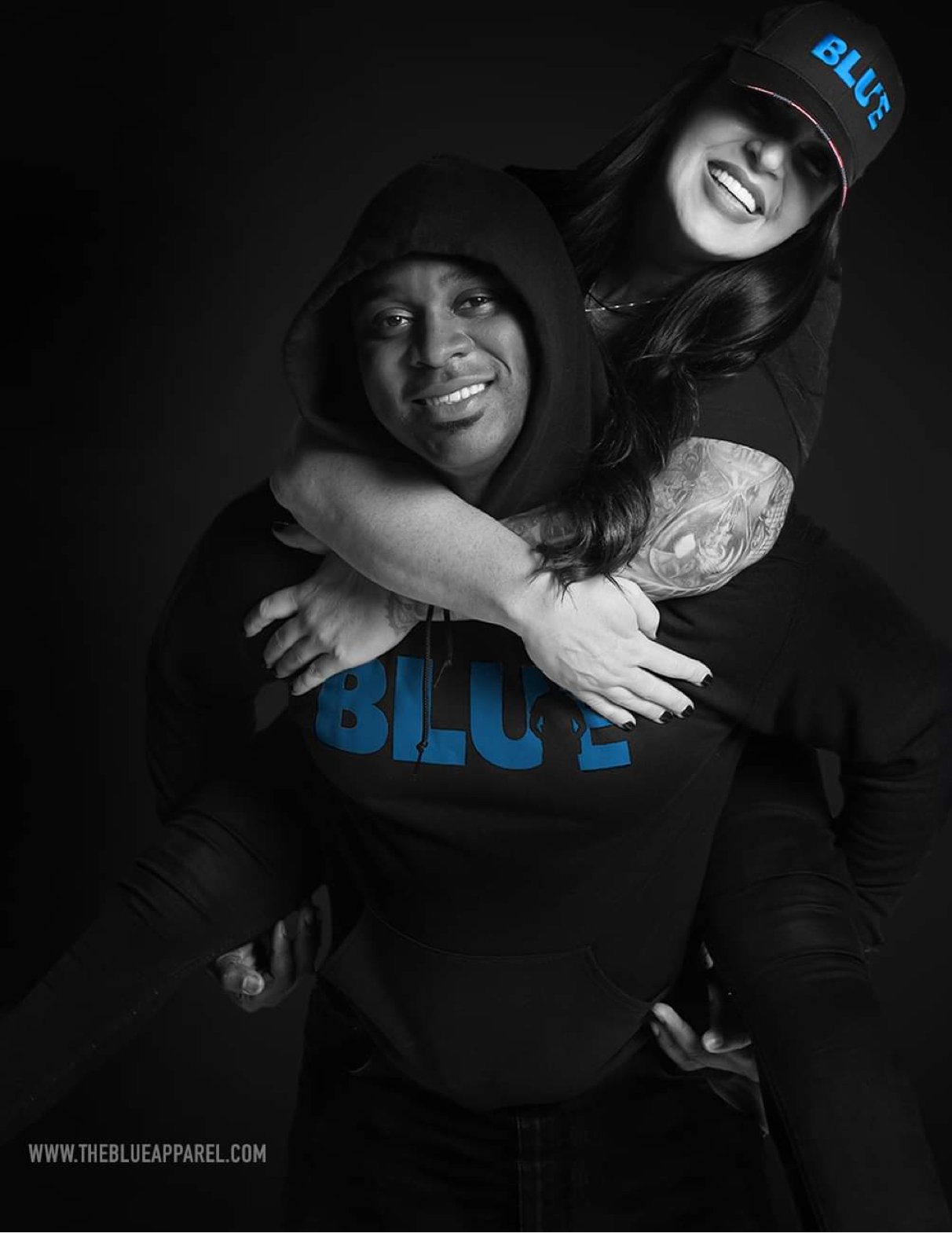Old School Policing
/By: Joel E. Gordon
Old school policing has shaped the way law enforcement works today. For decades, traditional methods kept communities safe and deterred crime through simple yet powerful tactics. These age-old approaches are often seen as the backbone of law enforcement, even as technology and new strategies emerge. Let’s explore the roots of old school policing and how it fits into today’s crime-fighting landscape.
Policing as we know it began in the early 19th century. Cities like London and New York set up the first police departments to maintain order. Back then, crime was dealt with through personal patrols and immediate responses. Society needed police to be visible, so people felt safe and criminals feared getting caught. These early strategies laid the groundwork for modern policing models.
Old school policing focused heavily on physical presence. Officers strolled neighborhoods to watch for trouble. The goal was to be seen, so potential criminals thought twice. Police also used discretion—choosing when to arrest or warn someone based on the situation. Routine patrols were common, and officers relied on their instincts to keep everyone safe.
Two famous models shaped traditional policing. The detective system was used to investigate crimes deeply. Officers became specialists who solved complex cases. Preventive patrols aimed to stop crimes before they happened. These models helped build a police force that focused on crime prevention and investigation, influencing modern practices.
Having officers out on the streets made a big difference. When police cars and officers patrol neighborhoods visibly, crime rates tend to drop. This simple tactic makes criminals think twice because they don’t want to get caught. Many police departments still use this approach today, especially in high-crime areas.
Traditional policing used a mix of actions. Routine patrols, setting up surveillance, and quick response to calls were common. The focus was on stopping crimes before they could happen, making communities feel safer. While reactive measures dealt with crimes after they occurred, proactive tactics aimed to keep trouble from starting.
Old school policing sometimes involves physical force to control situations. Officers use their judgment to decide when force was necessary. For example, an officer might restrain a disorderly person without arresting them. These decisions often depended on the officer’s training and experience, shaping the way policing was carried out.
Visible police patrols have proven effective. Studies show areas with consistent foot or car patrols see fewer crimes like vandalism and theft. The physical presence reassures the public and discourages bad behavior. Many police officers believe that “showing the badge” remains a core part of crime prevention.
Personal interactions matter. When police officers talk with residents regularly, trust builds. These relationships often lead to better cooperation in solving crimes. Communities surrounded by consistent police presence tend to feel safer and more connected.
Traditional methods are straightforward and easy to teach. Officers learned simple procedures like patrolling, arresting, and reporting. During emergencies, clear steps helped officers act fast. This simplicity made training effective and response quick in crucial moments.
Challenges and Criticisms of Traditional Policing
Some communities, especially marginalized groups, felt targeted unfairly. Sometimes, visible policing results in what some perceive to be too many stops and checks. Some neighborhoods feel overwhelmed or unfairly targeted. These can hurt trust and make community members less willing to cooperate with authorities.
Traditional tactics struggle with modern threats like cybercrime or organized crime. They’re designed to combat street-level offenses. When crimes become more sophisticated, old methods sometimes fall short. Many police agencies now combine new tools with classic strategies.
Modern Perspective: Integrating Old School Tactics with Contemporary Approaches
Data and research now guide many law enforcement decisions. Officers rely on crime stats to focus patrols where trouble is most likely. Traditional methods still fit well with these modern, evidence-driven strategies.
Today, police focus more on working with communities. Instead of just patrolling, officers join neighborhood meetings and build trust. Combining the personal touch of old school policing with problem-solving helps create safer neighborhoods.
Modern tools like surveillance cameras and data analytics support traditional patrols. These advancements help officers work more efficiently and stay connected to their communities. The best results come when technology enhances, not replaces, human interaction.
Old school policing remains a vital part of law enforcement today. Its focus on visibility, community trust, and clear procedures can still offer great value. The future of policing depends on balancing tradition with innovation. Real safety comes from seeing police officers out on the streets, building trust, and being adaptable. By combining time-tested strategies with modern tools stronger, safer neighborhoods result. Law enforcement agencies that remember their roots while embracing new methods will best protect and serve their communities.
Joel E. Gordon, BLUE Magazine’s Editor-in-Chief, is a former Field Training Officer with the Baltimore City Police Department and is a past Chief of Police for the city of Kingwood, West Virginia. He has also served as vice-chair of a multi-jurisdictional regional narcotics task force. An award winning journalist, he is author of the book Still Seeking Justice: One Officer's Story and founded the Facebook group Police Authors Seeking Justice. Look him up at stillseekingjustice.com








